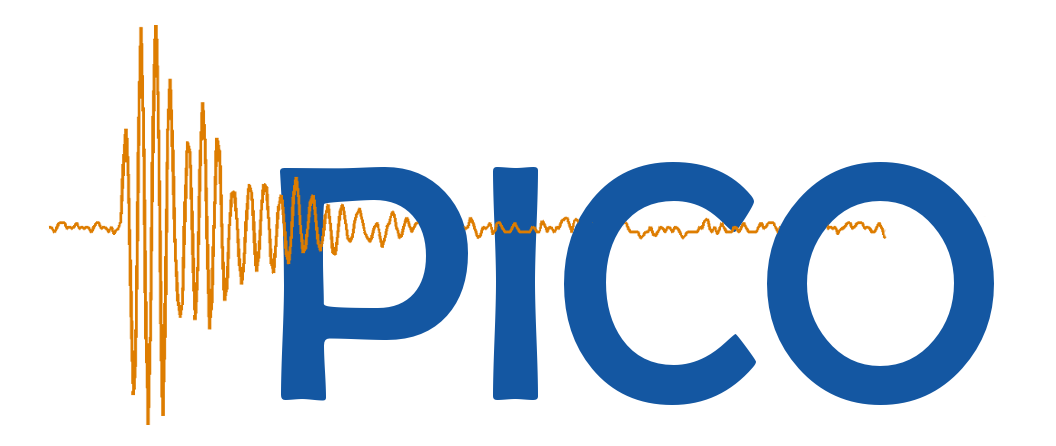Dark Matter is everywhere! It fills the large spaces between galaxies and concentrates around them in gigantic clouds. Although invisible, it reveals its presence by its immense gravitational pull.
The quest for the mysterious missing mass of the Universe has become one of the big challenges of today’s particle physics and cosmology. Astronomical observations show that only 1% of the matter of the Universe is luminous. So where is the remaining part? Are faint brown dwarfs, Jupiter like or large unknown non-luminous objects the culprits? Or is the missing matter hidden in clouds of a new form of up to now not identified particles?
There is now convincing evidence that 85% of all gravitationally observable matter in the Universe is of a new exotic kind, different from the “ordinary” matter surrounding us with its protons, neutrons and electrons. This so-called Cold Dark Matter (CDM) is thought to consist of “neutralinos” neutral particles, about hundred to thousand times heavier than a proton and which interact extremely weakly with each other and ordinary matter. Neutralinos were created during the Big Bang, and we believe that they surround most galaxies including our Milky Way.
How do Experiments Search for Dark Matter?
There are three different types of searches happening in mines, laboratories and in space all over the world.
- Indirect Searches:
Dark matter particles are expected to have the curious ability to destroy each other when they get too close to each other (self-annihilation). This effect could be observed in places where the dark matter gets trapped, such as the centre of a star or planet. When two dark matter particles destroy each other, they emit a typical radiation. Experiments on earth and instruments on satellites in orbit around Earth are looking for such telltale signs of dark matter. - Dark Matter production at Particle Colliders:
High energy particle physics experiments at particle colliders such as the LHC at CERN could produce dark matter particles. These particles would also leave a very distinct signature in the detectors. - Direct Dark Matter Searches:
Several types of experiments are located in mines, tunnels and underground laboratories around the world looking for very rare interactions of dark matter particles with the ordinary matter in the detectors. There are two main classes of detectors out there: so, called spin independent dark matter experiments and experiments looking for spin dependent interactions. PICO has some sensitivity to both types of interactions.
No experiment has so far been able to conclusively prove that the interactions observed are from dark matter. The hunt for dark matter continues.
